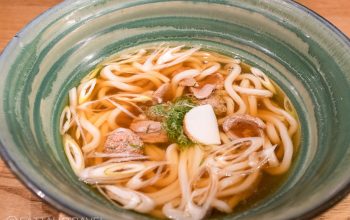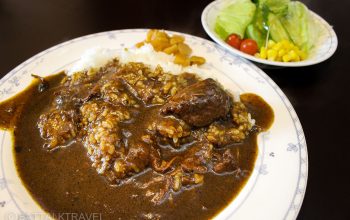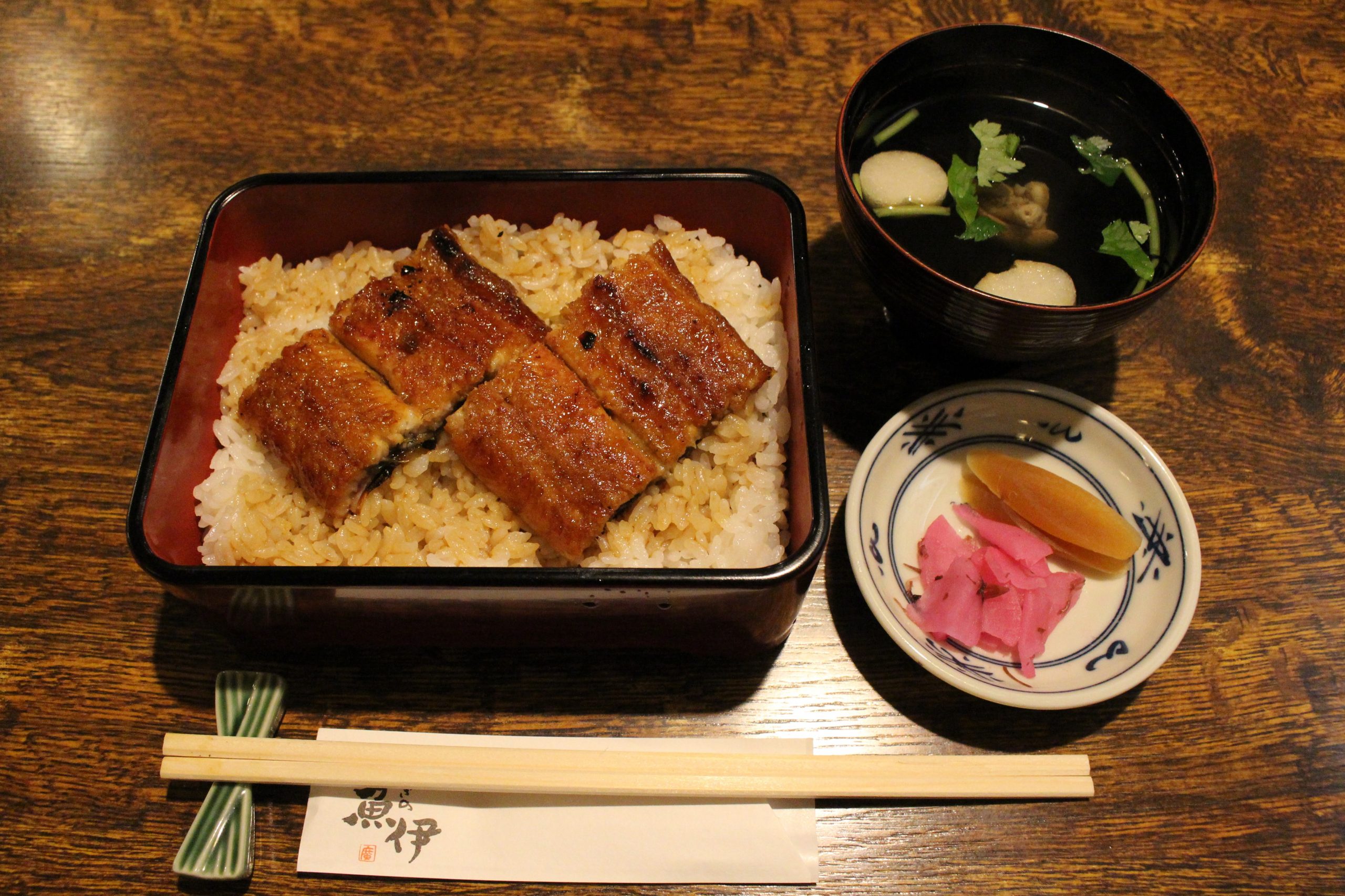Last Updated on September 4, 2020 by eattalktraveljapan
You probably think you know about Japanese tofu. You’ve seen it in the grocery store in colorful boxes or in square plastic tubs. You know it can be firm, extra firm, or soft.
You’ve probably tried it at some point or another. Whether you love it or hate it, most of it seems pretty similar.
Once you try it fresh tofu in Japan, you’re entire concept of it will change. The flavor, the texture, and the overall consistency are much different and the variety of uses are on a whole other level. Fresh Japanese tofu is just on a whole different level from what you get at the supermarket.
Why you should try fresh tofu in Japan
Don’t get us wrong, you can also find those boxes in Japanese supermarket (in more styles and varieties than you can imagine). But, you can also find fresh tofu and it’s so much better that you should go out of your way to try it in Japan.
What really sets the fresh stuff apart from the supermarket varieties is the taste. While standard tofu has a taste that’s pretty much neutral, fresh tofu stands out in both taste and texture.
It’s still light and mild, but it has a distinctively fresh taste and comes in a variety of textures, depending on the situation. In fact, there are restaurants that specialize in tofu and make it the center of their menu.
How is tofu made?
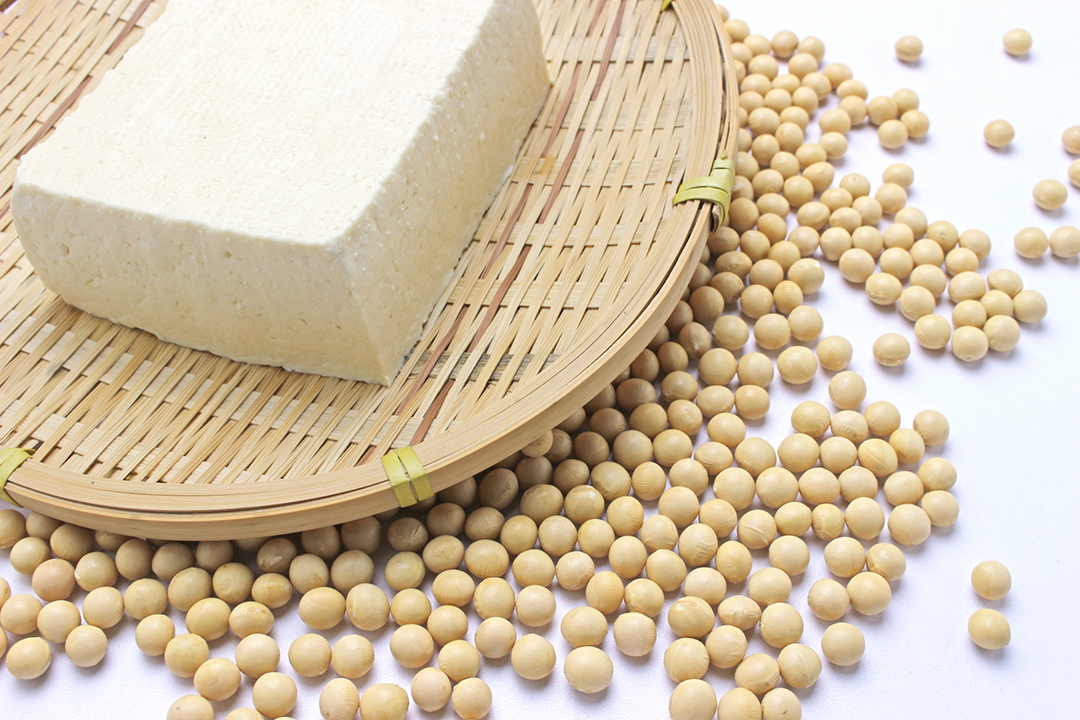
There are two main types of Japanese tofu: Cotton (Momen) and Silken (Kinugoshi). Each is made differently to create different textures.
For cotton tofu, the coagulant is added to the soy milk right away and once it all settles, it is all poured into a cloth-lined box with a few holes in it. Weight is added to press out the water.
For silken tofu, you pour soy milk directly into a box with no holes in it and no cotton cloth lining it. Then, you add the coagulant afterward. This process is what gives it its silky texture.
Which type of Japanese tofu you should eat?
Both, of course!
But, obviously, that won’t be an option for everyone. If you only get a chance to try one of them, you should base your decision on what you want to eat it with.
Cotton tofu has a hard texture that stands up well to heat. It’s common in dishes like sukiyaki or hot pots, such as chanko (sumo food), which involve cooking at high heat.
Silken tofu is the most popular type of Japanese tofu throughout the year and is used in a variety of dishes. One of our favorites, Hiyayakko, is a summer dish of fresh, chilled tofu topped with soy sauce, sliced leek, grated ginger, and bonito flakes (flaked skipjack tuna). In winter we eat Yudofu which is cooked in a hot pot with Konbu (seaweed), and eaten the same way as Hiyayakko.
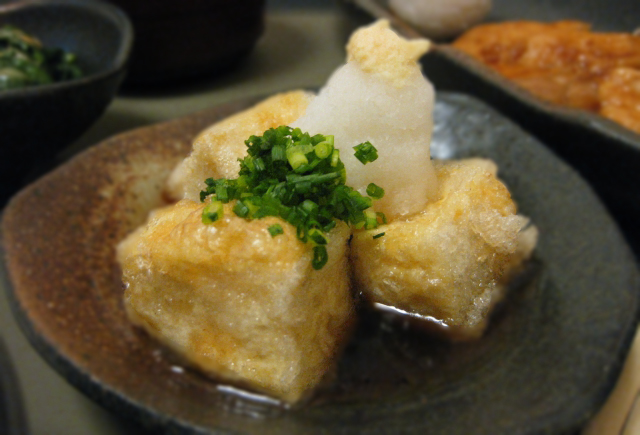
If you find Agedashi-tofu you should try it, too. It’s deep-fried tofu cooked with dashi (fish stock). We usually eat it with daikon radish, ginger, Japanese leek and bonito flakes. It’s a popular side dish in Japan.
While eating a full piece of tofu or having it in something fairly obvious like a hot pot is great, it’s not the only way to try it. Tofu shows up in a number of other places, too.
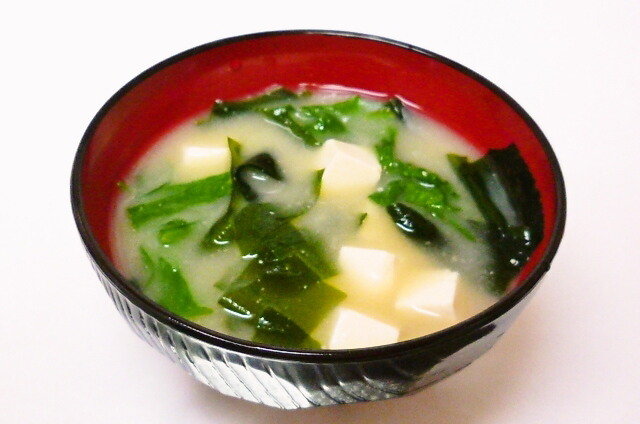
For one thing, there’s miso soup, which you’ll get plenty of chances to try. This will vary from place to place and the tofu won’t always be top notch, but it’s still a great addition to this simple soup.
Don’t underestimate Japanese tofu
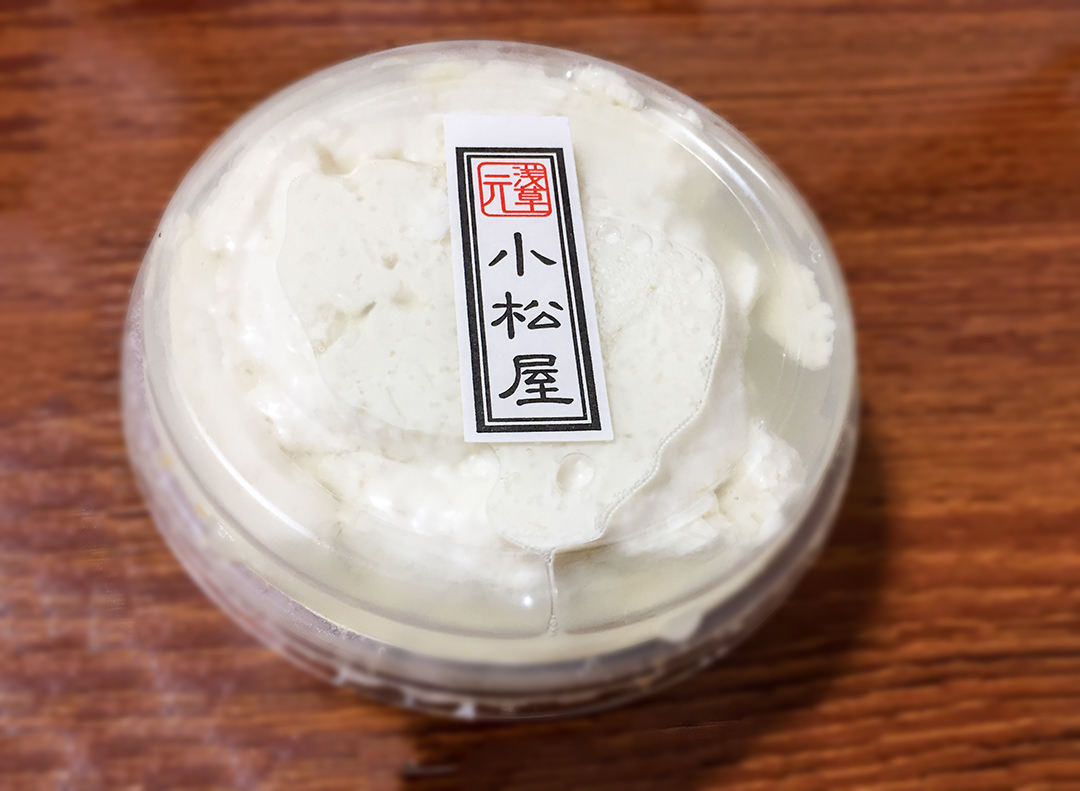
So, whether you go to specialized tofu restaurant or just stop by a tofu shop, you’ve got to try fresh Japanese tofu.
Quick Japanese tofu references:
Cotton tofu (momen): hard and used in hot dishes.
Silken tofu (kinugoshi): most common with a soft, silky texture.
Hiyayakko: chilled tofu side dish served in summer.
Yudofu: cooked tofu dish served in the winter.
Agedashi: deep-fried tofu cooked in dashi (fish stock).

